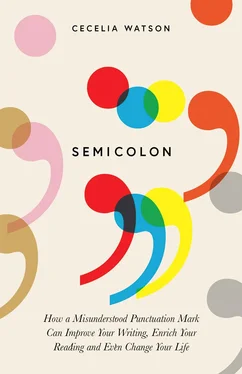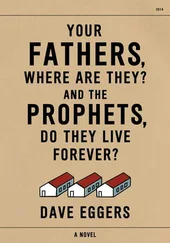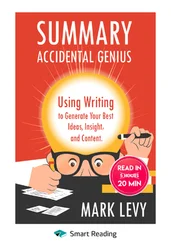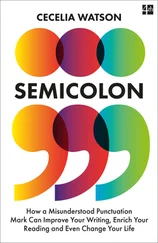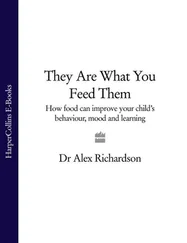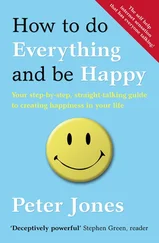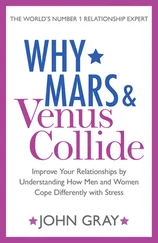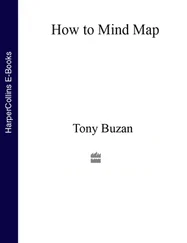Copyright
For my parents,
who made sure I always had enough to read
Punctuation is a gentle and unobtrusive art that has long been one of the misfortunes of man. For about three hundred years it has been harassing him, and bewildering him with its quiet contrariness, and no amount of usage seems to make him grow in familiarity with the art.
‘Power of Points: Punctuation That Upset Work of Solons’, Boston Daily Globe , 20 January 1901
1 Cover
2 Title Page
3 Copyright
4 Dedication
5 Epigraph
6 Contents
7 Introduction: Love, Hate and Semicolons
8 I: Deep History
9 II: The Science of Semicolons
10 III: Sexy Semicolons
11 IV: Loose Women and Liquor Laws
12 V: The Minutiae of Mercy
13 VI: Carving Semicolons in Stone
14 VII: Semicolon Savants
15 VIII: Persuasion and Pretension
16 Conclusion: Against the Rules?
17 Acknowledgements
18 Notes
19 Index
20 About the Author
21 About the Publisher
Landmarks CoverFrontmatterStart of ContentBackmatter
List of Pages iii iv v vii 1 2 3 4 5 6 7 8 9 11 12 14 15 16 17 18 21 22 23 24 25 26 27 28 29 30 31 32 33 34 35 36 37 38 39 40 41 42 45 46 47 48 49 50 51 52 53 54 55 57 58 59 60 61 62 63 64 65 66 67 68 69 71 72 73 74 75 76 77 78 79 80 81 82 83 84 85 86 87 88 89 91 92 93 94 95 97 98 99 100 101 102 103 104 105 106 107 108 109 110 111 112 113 114 115 116 117 118 119 120 121 122 123 124 125 126 127 128 129 130 131 132 133 134 135 136 137 138 139 140 141 142 143 144 145 146 147 148 149 150 151 152 155 156 157 158 159 160 161 162 163 164 165 166 169 170 171 172 173 174 175 176 177 178 179 180 181 182 183 184 185 186 187 188 189 190 191 192 193 194 195 196 197 198 199 200 201 202 203 205 206 207 208 209 210 211 212
Introduction
Love, Hate and Semicolons
‘The semicolon has become so hateful to me,’ confessed Paul Robinson in a New Republic essay, ‘that I feel almost morally compromised when I use it.’ When Robinson, a humanities professor at Stanford, sees a dot balanced over a comma, he’s filled with ‘exasperation’. Robinson is perhaps the semicolon’s most devoted foe, but he’s hardly its only modern detractor. Novelists from George Orwell to Donald Barthelme have held forth on its ugliness, or irrelevance, or both. Kurt Vonnegut advised omitting them entirely, accusing them of ‘representing absolutely nothing. All they do,’ he admonished writers, ‘is show you’ve been to college.’ And almost 800,000 people have shared a web comic that labels the semicolon ‘the most feared punctuation mark on earth’. Yet when the Italian humanists invented the semicolon in the fifteenth century, they conceived of it as an aid to clarity, not (as Professor Robinson now characterises it) a ‘pretentious’ mark used chiefly to ‘gloss over an imprecise thought’. In the late 1800s, the semicolon was downright trendy , its frequency of use far outstripping that of one of its relatives, the colon. How did the semicolon, once regarded with admiration, come to seem so offensive, so unwieldy, to so many people?
Asking this question might seem academic in all the worst ways: what practical value could there be in mulling over punctuation, and in particular its history, when we have efficiently slim guidebooks like Strunk and White’s The Elements of Style and thick reference volumes like The Oxford Manual of Style to set straight our misplaced colons and commas? We have rules for this sort of thing! But rule-based punctuation guides are a relatively recent invention. Prior to the 1800s, the majority of grammarians and scholars advocated personal taste and judgment as a guide to punctuating, or ‘pointing’, a text. The Scottish Enlightenment philosopher George Campbell, writing the same year the United States Declaration of Independence was signed, argued that ‘language is purely a species of fashion … It is not the business of grammar, as some critics seem preposterously to imagine, to give law to the fashions which regulate our speech.’
Yet what Campbell and most of his contemporaries thought was a ‘preposterous’ idea soon became a commonplace principle: as the 1700s drew to a close, new grammar books began to espouse systems of rules that were purportedly derived from logic. In these new books, grammarians didn’t hesitate to impugn the grammar of writers traditionally considered superb stylists: Milton and Shakespeare were chastised for ‘gross mistakes’, and subjected to grammarians’ emendations, so that these great authors’ works were made to fall in line with rules established centuries after their deaths.
But a strange thing happened as the new genre of grammar rule books developed: instead of making people less confused about grammar, rule books seemed to cause more problems. No one knew which system of rules was the most correct one, and the more specific the grammarians made their guidelines for using punctuation marks like the semicolon, the more confusing those punctuation marks became. The more defined the function of the semicolon became, the more anxiety people experienced about when to use a semicolon in writing and how to interpret one while reading. Grammarians fought viciously over the supremacy of their individual sets of rules, scorching one another in the nineteenth-century equivalent of flame wars. Courts of law, too, were in a lather over how to deal with punctuation marks: a semicolon in an 1875 legal statute caused all of Boston to fly into a panic when courts opined that it meant that alcohol couldn’t be served past 11 p.m. (Bostonians, ever resourceful, devised some pretty clever ways to get drunk well into the wee hours until the statute was finally revised six years after it went into force.)
The story of the semicolon told in these pages follows a chronological path, charting its transformation from a mark designed to create clarity to a mark destined to create confusion. The events described here epitomise the major steps in the life of the semicolon: they show how it was transformed over time, and what was important about those transformations. That importance lies in the semicolon’s ability to symbolise and trigger ideas and emotions that transcend the punctuation mark itself. The semicolon is a place where our anxieties and our aspirations about language, class, and education are concentrated, so that in this small mark big ideas are distilled down to a few winking drops of ink.
The semicolon’s biography is also a story about grammar and language more generally – and this history will challenge the myth most of us like to tell ourselves about grammar. Grammar (in our mythical narrative) is part of the good old days: people used to know grammar properly , we think, the same way they used to walk three miles to school uphill in the snow, and everyone was polite and better looking and thin and well dressed. There are reasons why these romantic visions of the past flourish in our collective consciousness: the stories of our grandparents; old black-and-white portraits that freeze the past in Sunday best; and most powerfully of all, a vague shared sense that the world is growing less innocent and less coherent, and that the past must therefore be better the further back uphill into it we are able to climb. Things were harder in some ways back then, we acknowledge; but weren’t they also better and purer, too?
‘It’s tough being a stickler for puntuation these days,’ sighs Lynne Truss in Eats, Shoots & Leaves , as if before ‘these days’ there was a time when everyone was committed to proper grammar and everyone agreed on what proper grammar constituted. Self-styled grammar ‘sticklers’, ‘snobs’, ‘nazis’, and ‘bitches’ want so much to get back to that point in the past where the majority of people respected language and understood its nuances, and society at large shared a common understanding of grammar rules. But that past utopia is a mirage. There was no time when everyone spoke flawless English and people punctuated ‘properly’. It’s important to come to grips with this historical fact, because it influences how we act in the present: after we nail down some basic punctuation history here through the story of the semicolon, I’ll show that hanging on to the old story about grammar – the mythical story – limits our relationship with language. It keeps us from seeing, describing, and creating beauty in language that rules can’t comprehend.
Читать дальше
